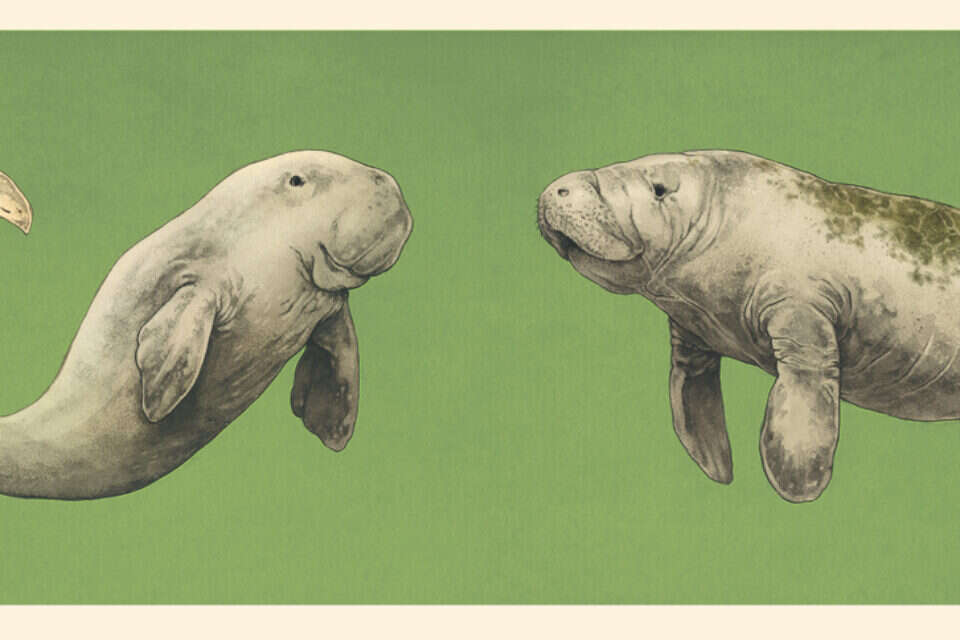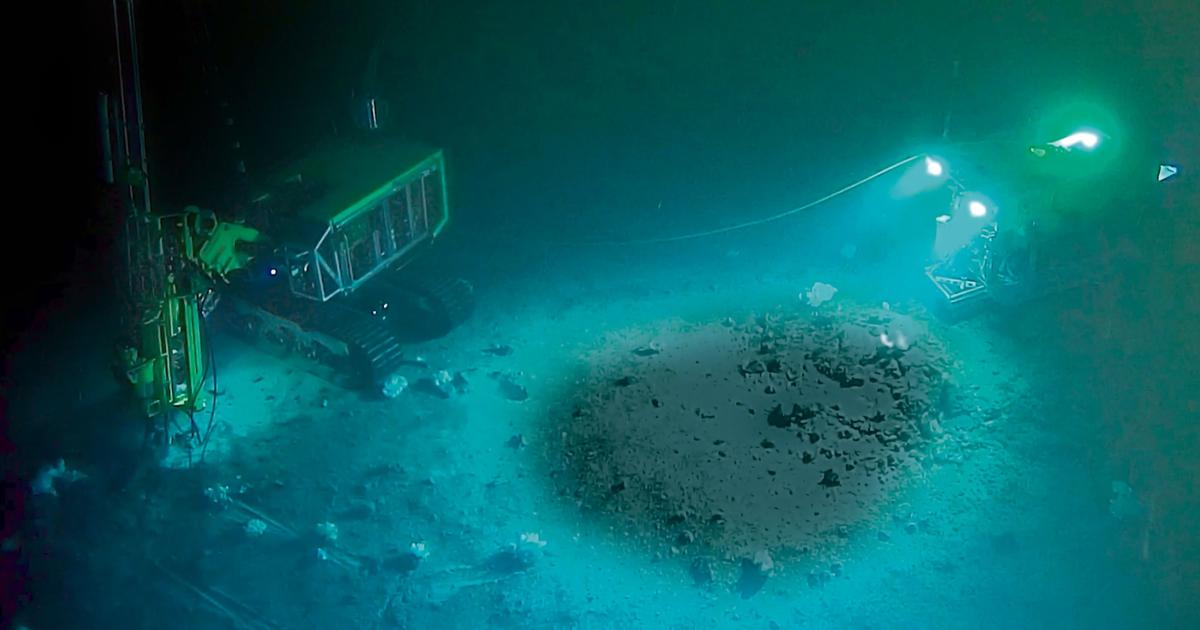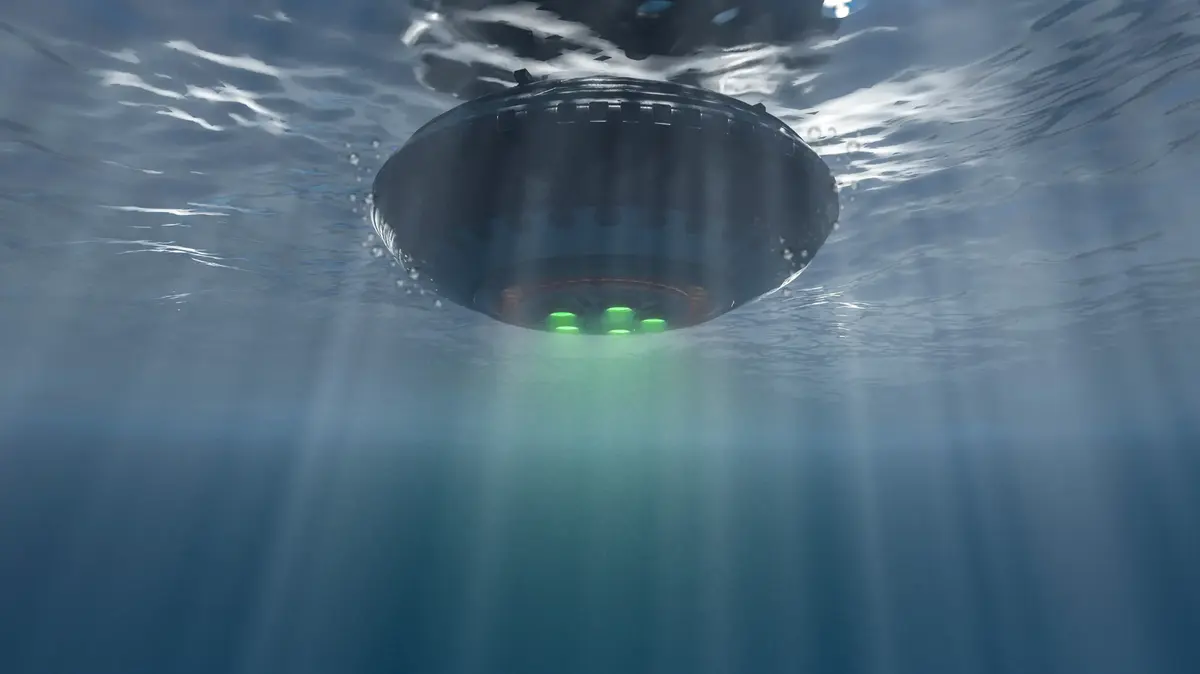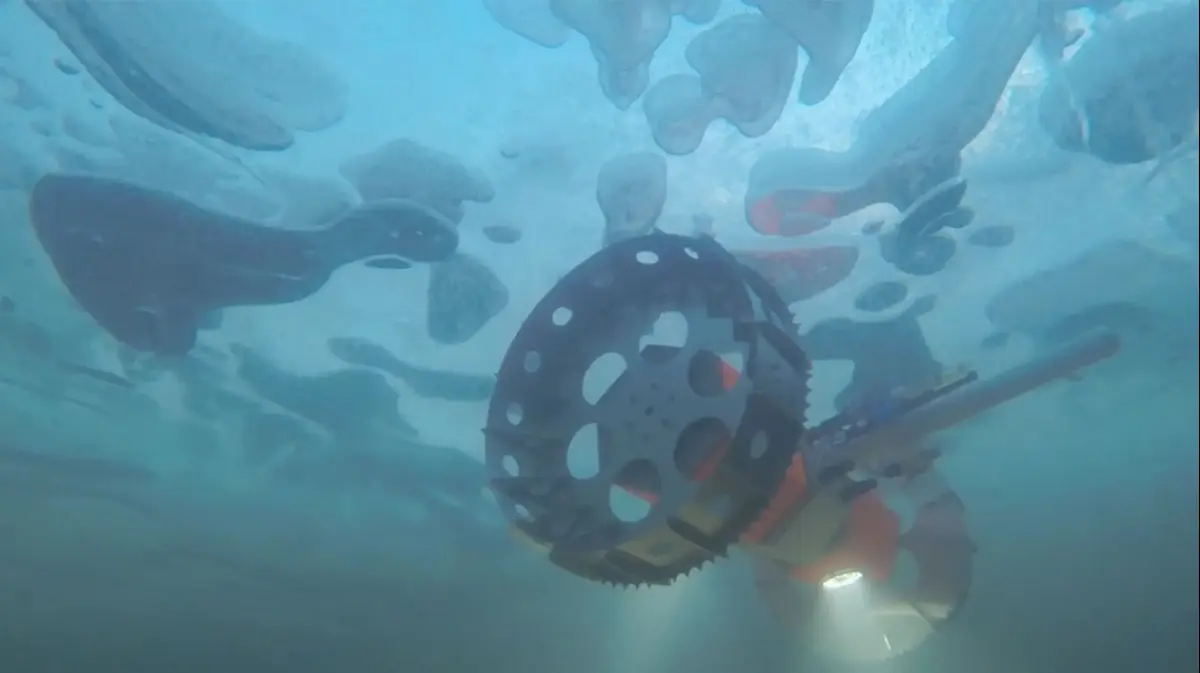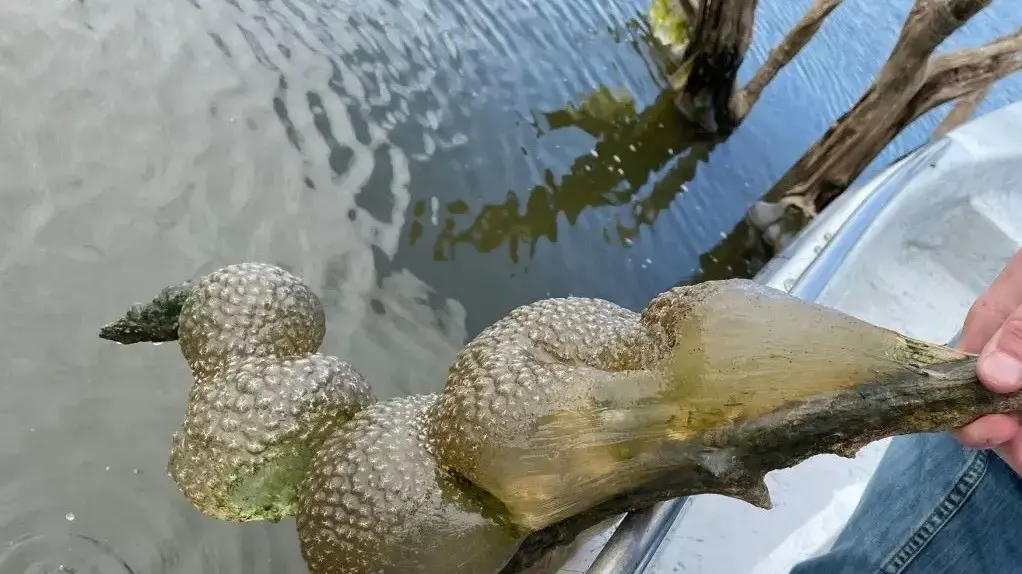Another beautiful book in large format is added to the successful "Museums" series published by Schocken, which so far includes the "Museum of Dinosaurs", "Museum of Animals", "Museum of Plants", "Museum of the Human Body" and "Space Museum".
The series includes impressive-looking books and extra-large ones (27.5X37 cm) that simulate a "museum," meaning they are divided into different displays, each dealing with a broad theme linked to a super-theme.
Beneath each display the reader is exposed to various and varied details, which include spectacular illustrations that complement us with missing information and give us a feeling of viewing a museum display for everything.
The books tell in general about a particular subject as well as in particular about specific objects related to the subject in a slight extension, for example in the "Dinosaur Museum", which teaches about different periods (Cretaceous, Triassic, Jurassic, etc.) and then descends to different dinosaur families (Thropods, Theophores, etc.) and finally brings specific examples and expansion on different species (Tyrannosaurus rex, Stegosaurus, Triceratops, etc.).
There is no dependence between the various volumes in the series and there is no need to read them all or in a particular order.
The last book to come out in the series is "The Museum of the Oceans", which brings us the rich water world of the earth in all its glory and includes an interesting educational reference to everything that takes place under the sea.
There are nine exhibits dealing with the broad topics: "Plankton", "Burners", "Mollusks and Skins", "Arthropods", "Fish", "Mammals", "Birds", "Reptiles" and "One Ocean".
The various exhibits include reference to all the families of animals and plants that exist in the ocean, the animals that visit the sea and feed on the animal that is in it, as well as information on other marine habitats and a general explanation of the ocean and the devastating human activity that affects it so much.
The book includes descriptions of over 200 marine creatures, from microscopic creatures to the largest animal on earth.
Beyond learning about the animals that inhabit the oceans themselves, we can learn from reading about when the oceans were formed, how to go down to explore their secrets, why the inhabitants of the depths emit lights in a variety of colors and more.
It is a theoretical and scholarly book for everything, but it is not characterized by didactic heaviness like many books in these fields, but one that will attract young ages as well, mainly thanks to the light language, alongside the spectacular illustrations.
This is a book for the whole family, which even adults can enjoy with their children and even learn a thing or two.
Also, the book is not without criticism of habitat destruction, pollution and hunting, and also deals with the impact of the climate crisis on our lives.
However, one of the things that will be a little puzzling to those who have already read the other books in the series is that there are a lot of things that are repeated in the "Museum of the Oceans" that have appeared in previous books.
The main recurrence is on topics that appeared in the "Animal Museum", which surveyed the animals that exist on Earth and their activities.
We encounter this recurrence for the first time in the "Museum of the Oceans" while in all the other previous books in this series, there was an engagement with completely different subjects from each other.
In this respect, some readers may be disappointed when they read again about arthropods, reptiles, burners (jellyfish, etc.), mammals and birds they have already read about.
Despite this, it should be noted that most of the reference to the animals mentioned in previous books is presented in the "Museum of the Oceans" often in a different configuration than before and pieces of information not previously given are revealed in the "Museum of the Oceans" for the first time in the series.
The "Museums" series is actually a kind of "tasting meal" that allows us a glimpse into a world of broad content and a light touch on a large part of its components.
This book series does not constitute a comprehensive study of any of the topics it touches on, but it certainly produces curiosity and a desire to learn and delve deeper into further reading in the field.
Ocean Museum / Tigan White and Abbey Trinick; Edited by Micha Ilan;
From English: Emanuel Lotem, Schocken Publishing, 110 pages
Were we wrong?
Fixed!
If you found an error in the article, we'll be happy for you to share it with us

